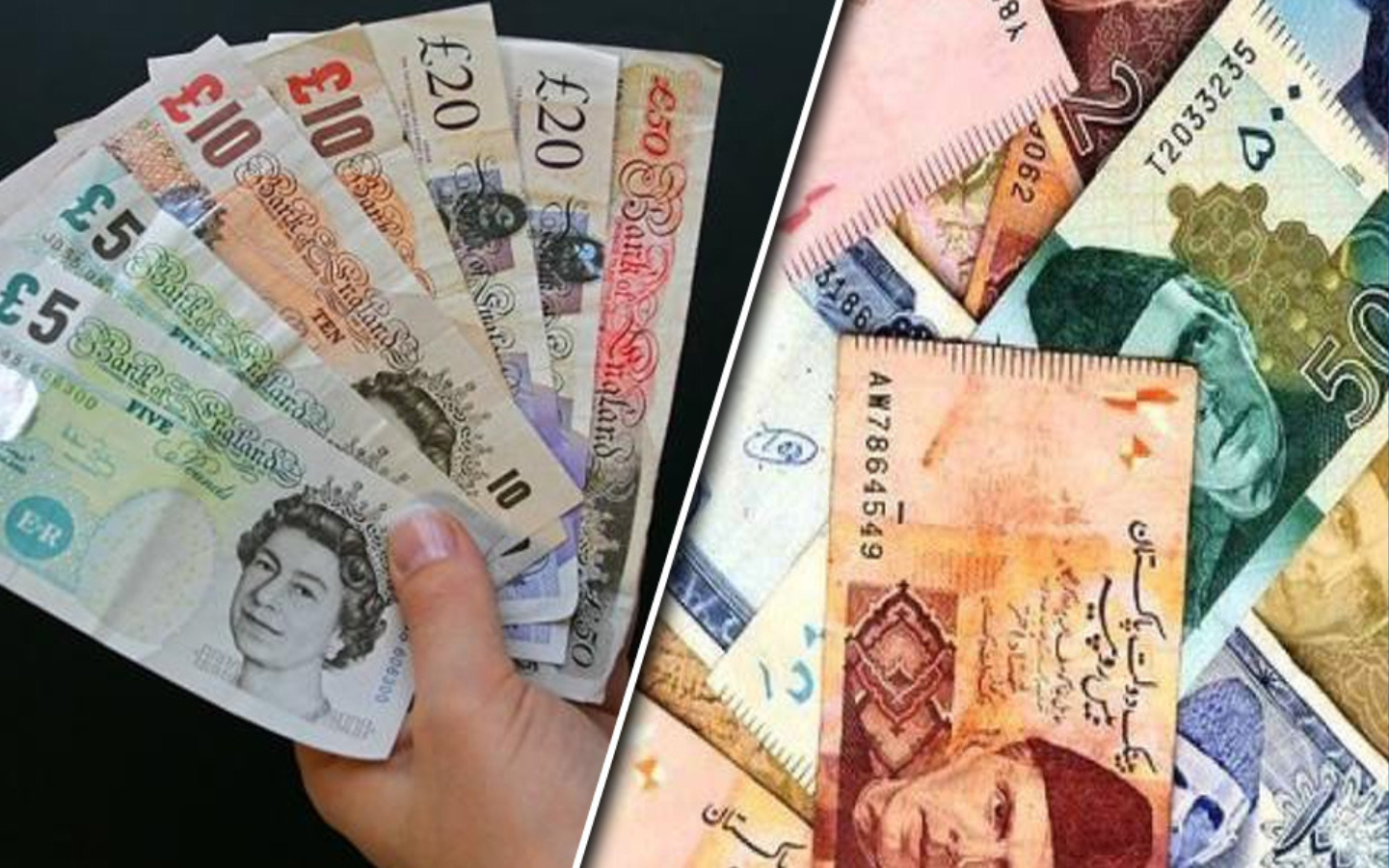Are you curious about the pound to Pakistani rupee rate today? If so, you’re not alone. Exchange rates can feel like a mystery, fluctuating daily and influenced by numerous factors. Understanding these changes is essential for travelers, businesses, and anyone looking to exchange currency. Whether you’re planning a trip to Pakistan or monitoring investments in foreign markets, knowing the current rate can help you make informed decisions. Join us as we unpack everything you need to know about today’s exchange dynamics between the British pound and the Pakistani rupee.
Read more Today’s Pound to Pakistani Rupee Exchange Rate: What You Need to Know
Understanding Exchange Rates
Exchange rates represent the value of one currency in relation to another. They determine how much of one currency you can obtain with a specific amount of another. For instance, if the pound to Pakistani rupee rate today is 250, it means you’ll get 250 rupees for every pound exchanged.
These rates are influenced by various factors, including economic stability, interest rates, and inflation. When a country’s economy thrives, its currency often strengthens against others. Conversely, political unrest or economic downturns can lead to depreciation.
Understanding exchange rates is crucial for those dealing with international transactions. Fluctuations can impact costs significantly when traveling or conducting business abroad. Keeping an eye on these changes helps individuals and companies make smarter financial choices while navigating foreign markets effectively.
Factors Affecting the Pound to Pakistani Rupee Exchange Rate
Several factors influence the pound to Pakistani rupee exchange rate. Economic stability plays a crucial role. When the UK economy is strong, the pound tends to gain value against other currencies.
Political events also make an impact. Uncertainty or instability in either country can lead to fluctuations. If investors feel unsure about future policies, they may withdraw their funds, affecting the exchange rates.
Inflation rates are another significant factor. Higher inflation in Pakistan relative to the UK generally devalues the rupee against the pound. This shift influences purchasing power and overall economic health.
Interest rates cannot be overlooked either. A rise in UK interest rates often attracts foreign investment, boosting demand for pounds while potentially weakening the rupee as capital moves away from Pakistan.
Global market trends further complicate matters. Shifts in trade balances or commodity prices can create ripple effects that alter currency values swiftly and unexpectedly.
History of the Exchange Rate
The history of the pound to Pakistani rupee exchange rate reflects broader economic trends. Initially, when Pakistan gained independence in 1947, the rupee was pegged to the British pound. This stable relationship provided a sense of security for trade.
Over time, political events and economic policies influenced fluctuations. In the late 1970s and early ’80s, Pakistan faced significant challenges that led to depreciation against major currencies.
As globalization progressed in the 1990s, market forces started dictating rates more than government interventions. The shift towards a free-floating currency allowed for greater volatility but also created new opportunities for traders and investors alike.
Today’s dynamics are shaped by various factors such as inflation rates, interest rates, and geopolitical relations. Understanding this historical context helps illuminate current trends in the exchange rate between these two currencies.
Current Exchange Rate and Forecast
As of today, the pound to Pakistani rupee rate stands at a critical juncture. Recent fluctuations have seen the exchange rate influenced by various global and local economic factors.
Market analysts predict that volatility may continue in the coming weeks, largely due to geopolitical tensions and inflationary pressures. Traders are closely monitoring these developments as they impact currency valuation.
Forecasts suggest a potential strengthening of the rupee if domestic policies stabilize or if foreign investment increases significantly. However, any adverse news from international markets could lead to further depreciation of the local currency against the pound.
For those planning transactions involving pounds and rupees, staying updated on real-time rates is essential for making informed decisions. Understanding market sentiment can also provide valuable insights into future movements in currency values.
Effects on Trade and Tourism
The exchange rate between the pound and the Pakistani rupee has profound effects on trade dynamics. A stronger pound means imported goods from the UK become more expensive for Pakistani buyers. This can lead to a decrease in demand for British products.
Conversely, when the rupee weakens against the pound, Pakistani exports become cheaper in international markets. This could boost sales abroad, benefiting local manufacturers.
Tourism is also influenced by these fluctuations. For British tourists, a favorable exchange rate makes Pakistan an appealing destination. Lower costs for accommodation and travel encourage more visitors.
On the flip side, if dollars or pounds stretch less far in Pakistan due to unfavorable rates, it might deter potential travelers from making that journey. Understanding these nuances is essential for both businesses and consumers navigating this complex economic landscape.
Tips for Managing Currency Exchange
When managing currency exchange, timing is crucial. Monitor the pound to Pakistani rupee rate today and look for trends. Currency values fluctuate based on various factors, so staying informed can lead to better decisions.
Consider using a reliable money transfer service instead of traditional banks. These services often offer competitive rates with lower fees. Compare options before making any transactions.
It’s also wise to avoid exchanging large sums at once. Instead, break it down into smaller amounts over time. This strategy helps you hedge against sudden market changes.
Always keep an eye out for promotional offers or loyalty programs that can provide better rates or reduced fees.
Familiarize yourself with common scams in currency exchange markets to protect your hard-earned money effectively.
Conclusion
Understanding exchange rates is crucial for anyone dealing with foreign currencies. The pound to Pakistani rupee rate today can influence various aspects of trade, travel, and investments. By grasping the dynamics behind these rates, you can make informed decisions.
Several factors play a role in determining the current exchange rate between the pound and the Pakistani rupee. Economic indicators, political stability, inflation rates, and interest policies all contribute to fluctuations in currency values. Keeping an eye on these elements helps you understand why rates change over time.
Looking back at history provides context for today’s figures. Over recent years, there have been significant shifts influenced by global events and local economic changes in Pakistan. Understanding this background is essential when analyzing current trends.
At present, knowing the exact pound to Pakistani rupee rate today allows businesses and travelers alike to plan effectively. Predicted forecasts indicate potential growth or decline based on ongoing economic conditions worldwide.
The effects of currency exchange significantly impact trade relationships and tourism flows between countries. A favorable rate can enhance business opportunities while encouraging more tourists from one country to visit another.
When exchanging currency, consider different strategies that may save you money or provide better value for your transactions. Always compare rates offered by banks versus those found online or at airport kiosks; small differences add up over time.
Staying informed about these topics enhances your ability to navigate financial exchanges smoothly as market conditions evolve continuously.




